The Holocaust radically altered the way its victims spoke and communicated—especially for Yiddish speakers. Finding prewar language incapable of describing the imprisonment, death, and dehumanization of the Shoah, prisoners added or reinvented thousands of Yiddish words and phrases to describe their new reality. These crass, witty, and sometimes beautiful Yiddish words – Khurbn Yiddish, or “Yiddish of the Holocaust” – puzzled and intrigued the East European Jews who were experiencing the metamorphosis of their own tongue in real time. This class will focus on the experience of language in the Warsaw ghetto, looking at the new Yiddish words invented, how people debated their meanings and why they felt it was so important to remember them. No knowledge of Yiddish required!
Hannah Pollin-Galay is Associate Professor in the Department of Literature at Tel Aviv University, where she is also Head of the Jona Goldrich Institute for Yiddish Language, Literature and Culture. In that role, she directs projects such as the International Yiddish summer program and Iberzets, an online journal for Yiddish-Hebrew literary translation. Pollin-Galay researches and teaches primarily in the fields of Yiddish Studies and Holocaust Studies, and has recently begun to foray into the field of ecocriticism. Her first book, Ecologies of Witnessing: Language, Place and Holocaust Testimony came out with Yale University Press in 2018 and her second, Occupied Words: What the Holocaust Did to Yiddish (U Penn Press, 2024) asks how the Holocaust changed the Yiddish language. She is currently working on a project exploring the fraught connections between Jews and nature, across time and space as a Senior Research Fellow at the Fortunoff Archive for Holocaust Testimony at Yale University. As a Yiddish Book Center Translation Fellow, Pollin-Galay is also translating a series of Yiddish poems, which tie together the topics of nature, Holocaust and the Yiddish language.

